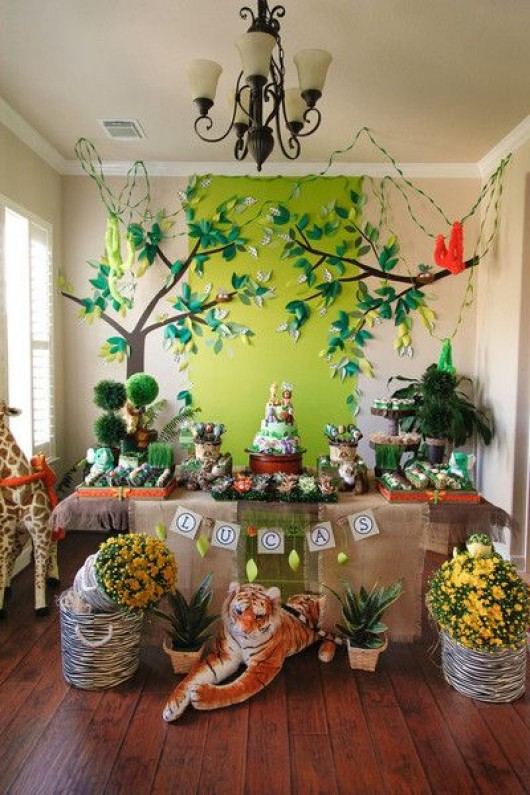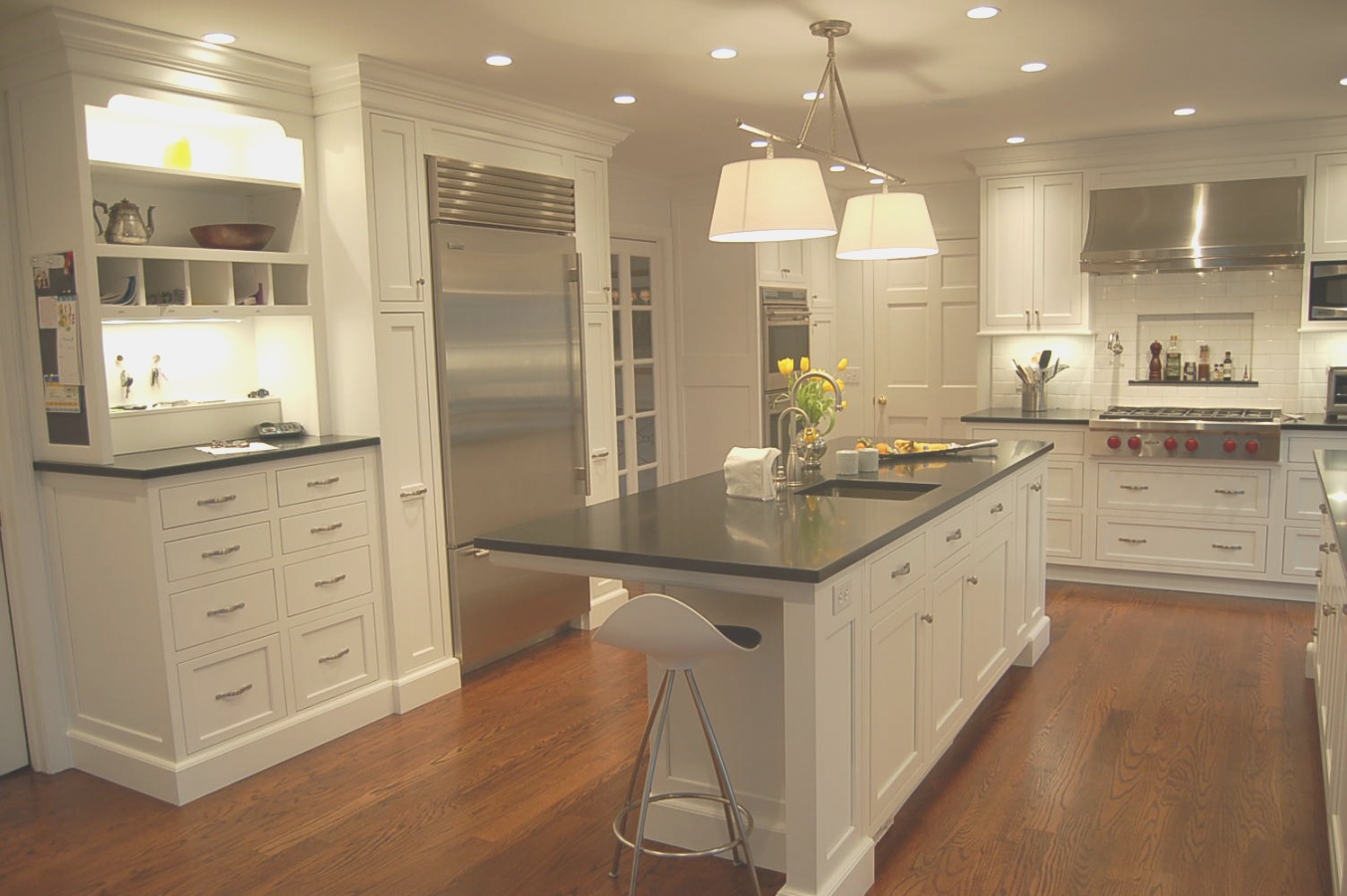With a longer flowering season than most types of roses, climbing roses can provide your garden with a pretty screening option. Your instinct might be to plant trees around the edges of your property to leave as much space free in the middle as possible.
Plants For Screening Neighbours, However, that may upset your neighbours (unless they, too, would like more privacy). Your instinct might be to plant trees around the edges of your property to leave as much space free in the middle as possible. Understand the cultural conditions of your site and the requirements of the plants.
Your instinct might be to plant trees around the edges of your property to leave as much space free in the middle as possible. For the greatest effect, choose both deciduous and evergreen plantings. Laurel plants should generally be spaced 3 feet apart, but for a swifter result, planting 2 feet apart will form a quick screen. Magnolias will tolerate some shade, but too much shade and they provide a screen but no blooms.
Best Screening Plants for Privacy from Neighbours Houzz
Here is a range of benefits for using native plants for screening. Laurel plants should generally be spaced 3 feet apart, but for a swifter result, planting 2 feet apart will form a quick screen. Leylandii is also a fantastic rapid grower, but requires regular maintenance to keep it spiralling out of control, and its roots can potentially cause structural damage if planted too close to your house. Below are my top tips for creating screening and privacy for your contemporary home. Magnolias will tolerate some shade, but too much shade and they provide a screen but no blooms. The same goes for camellias, rhododendrons and azaleas.

evergreenscreening Evergreen plants, Screen plants, You can choose a variety that grows to your exact desired height, and small plants. Known for their hardiness, bottlebrushes are a popular australian native that can work well as a screening plant. These methods of screening are successful up to a point, but because they are restricted to 6.6 feet neighbours opposite you can still see over these screening.
Outdoor Privacy ScreensLandworx of NY Landscape Design, Find out which plants are suitable along fence lines and which are fast growing to experience peace and serenity of a secluded residence. It’s low maintenance, and it tolerates cold weather as well as most soil types/conditions. For the greatest effect, choose both deciduous and evergreen plantings. Silver birch also tend to have small leaves and are fairly open. Prune.

Ingenious Ways to Regain Privacy From Second Story, These plants will quickly cover a fence and provide privacy. They are cheap easy to get hold of and easy to install. The same goes for camellias, rhododendrons and azaleas. Hedges make effective screens as well as barriers. The big difference is the way the ‘teddy bear’ tends to form a tighter more dense foliage, making it a great option.

Backyard Privacy Ideas For Screening Neighbors Out, With a longer flowering season than most types of roses, climbing roses can provide your garden with a pretty screening option. Cypress also grows very tall and narrow, meaning it can be planted close together to as a privacy screen. It’s low maintenance, and it tolerates cold weather as well as most soil types/conditions. Our most popular screening trees and.

screen form neighbors!Luciano Giubbilei Kensington, Laurel plants should generally be spaced 3 feet apart, but for a swifter result, planting 2 feet apart will form a quick screen. It’s low maintenance, and it tolerates cold weather as well as most soil types/conditions. Being able to see through them doesn’t block the light levels that a lot of trees do. You can plant them at the.

Photinia trees used to create screening for overlooking, You don’t need heaps of features, but useful ones. Your native plants will interact well with natural areas outside your perimeter. Known for their hardiness, bottlebrushes are a popular australian native that can work well as a screening plant. It’s low maintenance, and it tolerates cold weather as well as most soil types/conditions. Choose from one of these fast growing.

SCREENING YOUR NEIGHBOURS� WINDOWS A Yorkshire Garden, So you’re not forced to learn or seek out specific landscaping talent to manage exotic plants. It’s a thick, dense evergreen. Silver birch also tend to have small leaves and are fairly open. We look at the features that matter and choose the top plants for screening neighbours based on. However, hedges generally require more maintenance, such as continual pruning,.
Trees to Use For Privacy — B. B. Barns Garden Center, Some vining plants that grow fast are ivy, clematis or hops. This is one of the most popular and best outdoor evergreen screening plants for backyard privacy from neighbours. You can choose a variety that grows to your exact desired height, and small plants. Laurel plants should generally be spaced 3 feet apart, but for a swifter result, planting 2.

best plants for privacy screen I could really use this, Depending on the variety, bottlebrushes can grow up to 10 metres high and thrive in most areas. They provide shade and a softened visual wall for privacy. Silver birch also tend to have small leaves and are fairly open. Hedges make effective screens as well as barriers. Our most popular screening trees and shrubs for privacy include bamboo plants, photinia.

The 7 Best Trees And Shrubs For Privacy Screening In Your, The big difference is the way the ‘teddy bear’ tends to form a tighter more dense foliage, making it a great option for screening and privacy. Unlike the other plants listed above, the ‘teddy bear’ is great in instances where you want to bring a splash of colour to your garden. Your instinct might be to plant trees around the.

Add Privacy to Your Garden or Yard with Plants Do it, And you’re less likely to. Here is a range of benefits for using native plants for screening. Horsetail grass is one of the most popular ornamental grasses and a good screening plant. They are one of the few trees you can plant in groups to make an effective screen. Leylandii is also a fantastic rapid grower, but requires regular maintenance.

How to Design a Privacy Fence or Screen For Your Yard, To provide screening, a hedge is a better solution. Silver birch also tend to have small leaves and are fairly open. They are one of the few trees you can plant in groups to make an effective screen. Magnolias will tolerate some shade, but too much shade and they provide a screen but no blooms. Acmena smithii minor is a.

10 Privacy Plants for Screening Your Yard in Style, Below are my top tips for creating screening and privacy for your contemporary home. Depending on the variety, bottlebrushes can grow up to 10 metres high and thrive in most areas. They are cheap easy to get hold of and easy to install. Your instinct might be to plant trees around the edges of your property to leave as much.

Screening the Neighbours Gardens, Garden ideas and, To provide screening, a hedge is a better solution. Laurel plants should generally be spaced 3 feet apart, but for a swifter result, planting 2 feet apart will form a quick screen. Find out which plants are suitable along fence lines and which are fast growing to experience peace and serenity of a secluded residence. The same goes for camellias,.

Add Privacy to Your Garden or Yard with Plants Do it, Certain types of clematis (marked group 3 on the plant label) will cover a trellis or pergola in quick time too if you cut the ends back in early spring to encourage thicker growth. Find out which plants are suitable along fence lines and which are fast growing to experience peace and serenity of a secluded residence. You can opt.

53 backyard landscaping privacy ideas for screening, Hedges make effective screens as well as barriers. These methods of screening are successful up to a point, but because they are restricted to 6.6 feet neighbours opposite you can still see over these screening methods. It’s low maintenance, and it tolerates cold weather as well as most soil types/conditions. Thus hopefully, you’ll find one ideal product or another in.

Overlooked Back Garden Design Guide Garden Ninja Ltd, However, that may upset your neighbours (unless they, too, would like more privacy). The syzygium smithii variety is commonly known as neighbours be gone. The same goes for camellias, rhododendrons and azaleas. Some vining plants that grow fast are ivy, clematis or hops. Your native plants will interact well with natural areas outside your perimeter.

Screening out the neighbours, See more ideas about backyard landscaping, garden design, backyard. There are many benefits to using screening plants as a natural barrier for privacy and reducing neigbourhood noise. Acmena smithii minor is a variety so ideally suited to formal or informal garden screening that is commonly known as the ‘goodbye neighbour’ plant. With a longer flowering season than most types of.

5 Trees for Screening Our Lovable Neighbors — B. B. Barns, See more ideas about backyard landscaping, garden design, backyard. It’s low maintenance, and it tolerates cold weather as well as most soil types/conditions. Choose from one of these fast growing popular tried and proven screening plants. There are many benefits to using screening plants as a natural barrier for privacy and reducing neigbourhood noise. Thus hopefully, you’ll find one ideal.
Trees to Use For Privacy — B. B. Barns Garden Center, Prune to thicken the foliage. Choose from one of these fast growing popular tried and proven screening plants. The syzygium smithii variety is commonly known as neighbours be gone. For the greatest effect, choose both deciduous and evergreen plantings. You can choose a variety that grows to your exact desired height, and small plants.

Best Screening Plants for Privacy from Neighbours Houzz, Magnolias will tolerate some shade, but too much shade and they provide a screen but no blooms. You don’t need heaps of features, but useful ones. Prune to thicken the foliage. These plants will quickly cover a fence and provide privacy. Native plants are already comfortable with your climate conditions and local soil.

Best Screening Plants For Privacy Best Evergreen Hedge, Certain types of clematis (marked group 3 on the plant label) will cover a trellis or pergola in quick time too if you cut the ends back in early spring to encourage thicker growth. They are cheap easy to get hold of and easy to install. You don’t need heaps of features, but useful ones. Horsetail grass is one of.

The Best Plants and Screens To Block Out Your Neighbours, We look at the features that matter and choose the top plants for screening neighbours based on. To provide screening, a hedge is a better solution. Prune to thicken the foliage. You can opt for giant or dwarf when choosing your variety, so be sure to measure and understand your space. They provide shade and a softened visual wall for.

Overlooked by neighbours? Screening plants…The solution, Hedges a useful way of using large shrubs as tree substitutes is to clear the lower branches as they grow so that the space underneath is maximised and plants below receive adequate light. This plant enjoys full sun and fertile, moist soils that are well drained and mulched. Cypress also grows very tall and narrow, meaning it can be planted.

How To Use A Mix Of Screening Plants To Make Your Neighbor, There are many benefits to using screening plants as a natural barrier for privacy and reducing neigbourhood noise. Magnolias will tolerate some shade, but too much shade and they provide a screen but no blooms. Prune to thicken the foliage. Suitable plants for screening can include hedging shrubs, trees or grasses and bamboos, depending on the level of formality, and.










